In photos: UTM marks solar eclipse
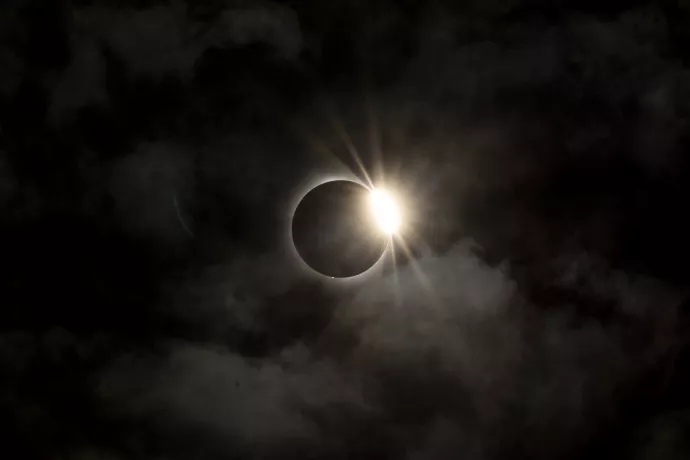
Clouds gave way to clear skies at just the right moment for hundreds of people gathered at University of Toronto Mississauga to witness the solar eclipse.
The perfectly timed break in the weather was a reward for all the alumni, staff, faculty, librarians, students and community members who had set up on the field outside William G. Davis Building with blankets, folding chairs and high hopes of witnessing a rare celestial event.
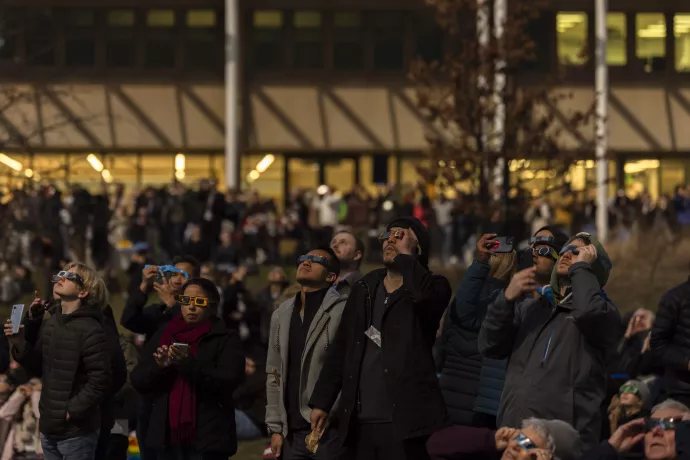
Scroll on for photo highlights by Nick Iwanyshyn
Registration for the free event, hosted by the department of chemical and physical sciences and UTM alumni relations, reached capacity almost two weeks before the big day. Registration included solar eclipse viewers (also known as eclipse glasses) for attendees to observe the eclipse safely. There was also a free astronomy talk and refreshments.
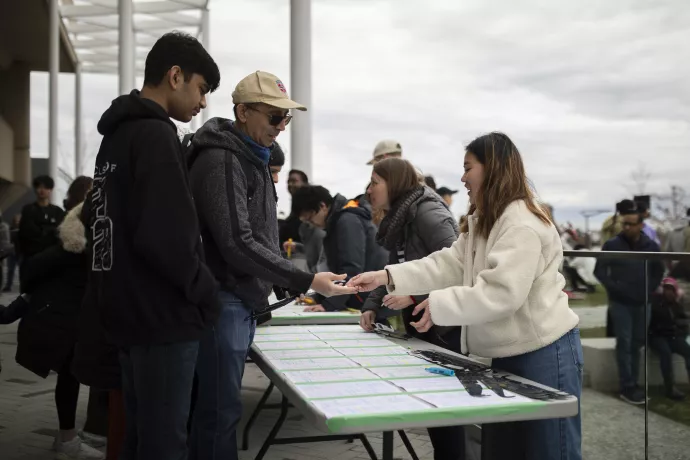
While Mississauga was not in the path of totality, the near-total eclipse turned the sky slate grey and deep blue, while a chill in the air steadily dropped the temperature and turned the balmy 12 C spring day chilly.

The clouds obscured the first hour of the eclipse and to pass the time in hopes that the skies would clear, attendees sipped complimentary hot chocolate, chatted and listened to a playlist over loudspeakers that included hits "Bad Moon Rising" by Creedence Clearwater Revival and "Hear Comes the Sun" by The Beatles.
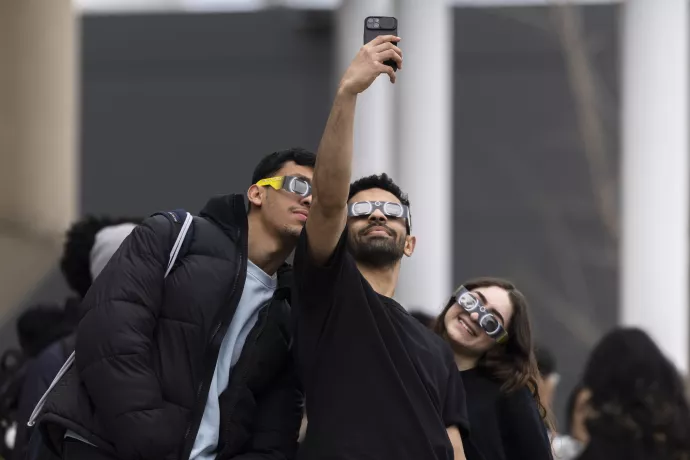
Children played tag amongst the chairs and blankets or joined in card games, while a group of students, possibly preparing for final exams, sat in a circle and stared intently at their laptops as the sky grew steadily darker.

A station set up by plant physiologist Vera Velasco of Growth Facilities research greenhouse and growth chambers walked attendees through an experiment tracking how the eclipse impacts photosynthesis. As the eclipse occured, Velasco and fellow researchers also showed its colours using a spectrometer.

The overcast conditions continued as University of Toronto Mississauga astronomer Marta Bryan spoke to the crowd about the science behind the phenomenon, complete with a demonstration from some of the younger audience members playing sun, moon and Earth. She also spoke about the legends behind eclipses in various cultures, including the Norse belief that the sun was being eaten by two "Sky Wolves" who were hungry for celestial bodies.
More: Indigenous knowledge of eclipses with Dunlap Institute's Laurie Rousseau-Nepton
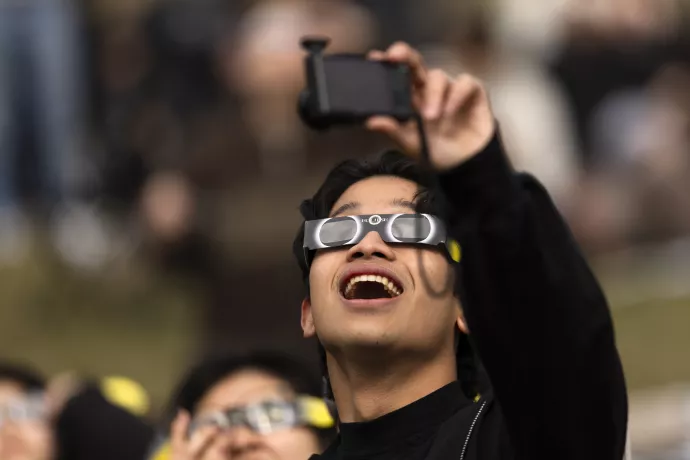
Bryan ended her remarks with a reminder to wear the university-provided eclipse glasses, "if the sun ends up coming out."
It did come out, just after 3 p.m., to shouts and cries of excitement from the crowd.
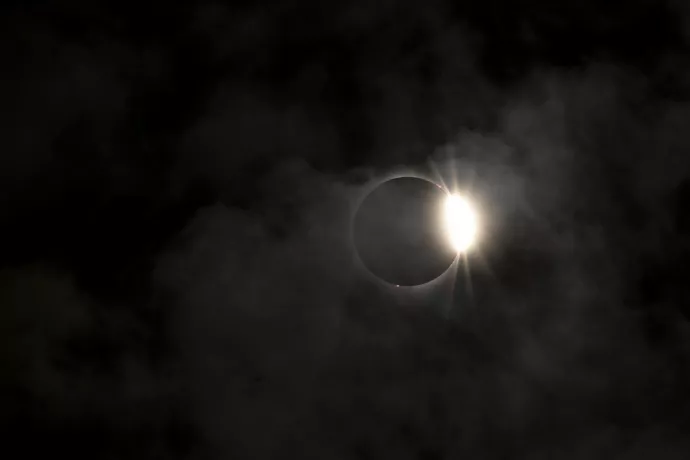
The clouds stayed away for most of the crucial last minutes leading up to peak eclipse and as the process reversed itself.
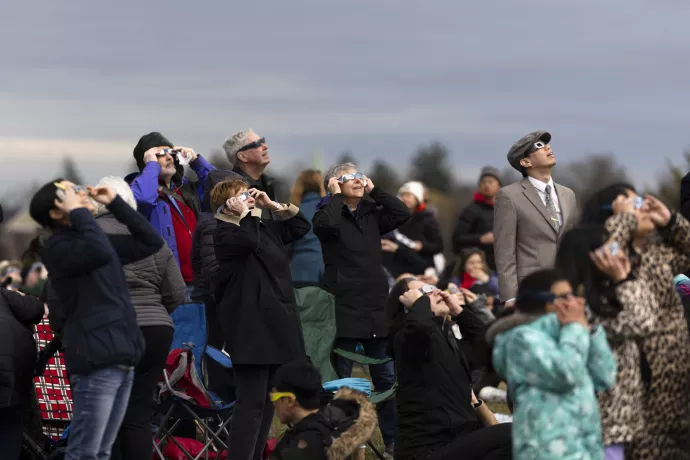
While it's possible to see a total solar eclipse from somewhere on Earth every few years, for viewers in southern Ontario, the next eclipse as deep as the April 8 event won’t happen for another 120 years.
"It's truly a once-in-a-lifetime event for all of us," Bryan says.



